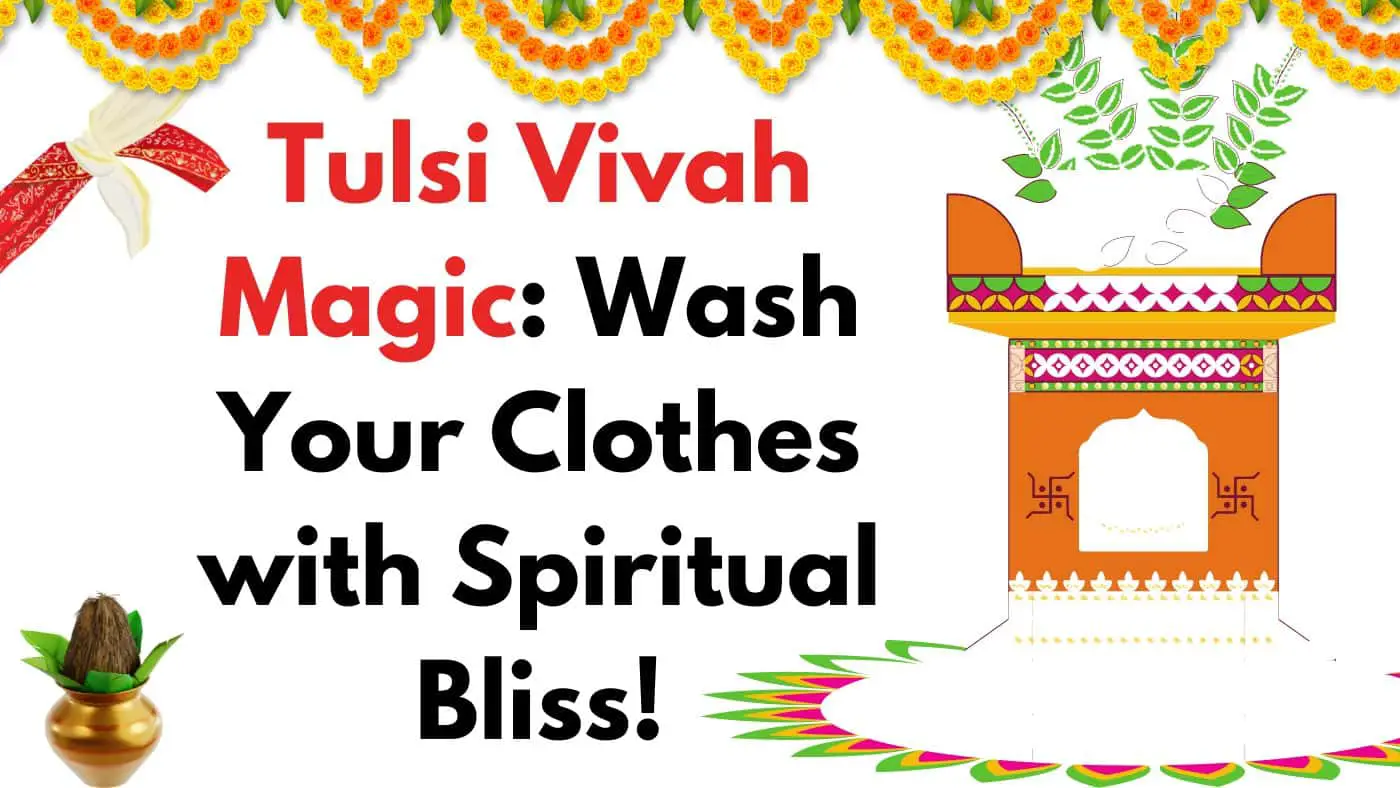The main difference between Modal and Polyester fabrics is their composition. Modal is made from cellulose (beech tree pulp), while polyester is made from synthetic petrochemicals.
Modal fabric is known for its soft, smooth texture and is often used in clothing items such as underwear and bedding.
It is also highly absorbent, making it a good choice for clothing that may come into contact with moisture.
Polyester, on the other hand, is a synthetic fiber that is known for its durability and resistance to wrinkles and shrinking.
It is often used in clothing items such as jackets and pants, as well as in home furnishings such as curtains and bed sheets.
Which one is better? (Modal or Polyester)
Both fabrics are good in their own way, and it all depends on the use case.
For instance, if you are looking for a fabric to make curtains, polyester is probably your best bet, as it is more durable and less likely to shrink or wrinkle.
However, if you are looking for a piece of fabric for clothing that comes into contact with moisture, such as underwear, modal is a better choice as it is highly absorbent.
So, it is difficult to say which one is better, as it depends on the specific needs and preferences of the person using the fabric.
Let’s take a quick look at the pros and cons of modal fabric followed by polyester, and then you can decide which one best suits your requirements.
Pros of modal fabric
1. Soft, smooth texture
Modal fabric is soft and smooth, making it ideal for garments that need to be comfortably worn close to the skin. It also has a luxurious feel and is often used in high-end lingerie and clothing.
2. Excellent breathability and high absorbency
Modal fabric is highly absorbent; therefore, it helps keep the body cool and dry by absorbing excess moisture.
This makes it a great choice for warm-weather clothing, as the fabric helps regulate body temperature by keeping the air circulation going.
3. Modal is surprisingly durable
Although modal is soft, it is surprisingly strong and can withstand normal wear and tear without losing its shape or color.
4. Environmental sustainability
Since modal fabric is made from beech tree pulp, it is a renewable resource.
When compared to polyester, which is a synthetic fiber, it is derived from non-renewable resources.
5. Easy to care for
Modal fabric is easy to care for and can be machine-washed and dried without losing its shape or color.
It also doesn’t shrink or fade, which makes it a low-maintenance choice for clothes.
Cons of modal fabric
1. Modal is costly
Modal fabric is generally more expensive than other natural fibers such as cotton, making it less affordable for some people.
2. Sensitive to heat
Modal fabric is sensitive to heat and may shrink or lose its shape if exposed to high temperatures, such as in a hot dryer or iron.
3. Weak when wet
Modal fabric is known for its absorbency, but this can also make it weak when wet. If it is exposed to water for a long time, it may stretch or lose its shape.
4. Limited use
Modal fabric is not as versatile as other natural fibers like cotton. It works best for underwear and bedding and not for outerwear or other things that might get wet or get a lot of rough use.
Advantages of polyester
1. Polyester is durable
Polyester is known for its durability and resistance to shrinking, stretching, and wrinkling.
The fact that it can keep its form well makes it an excellent fabric for garments like coats and trousers.
2. Easy to care for
Polyester is easy to care for and can be machine-washed and dried without losing its shape or color.
It also doesn’t shrink or fade, which makes it a low-maintenance choice for clothes and furniture.
3. Versatile fabric
Polyester is a versatile fabric that can be used for a wide range of clothing items and home furnishings, such as curtains, bed sheets, and upholstery.
It is also available in a wide range of colors and patterns.
Disadvantages of polyester
1. Synthetic fiber
Polyester is a man-made fiber made from oil and coal, which are nonrenewable resources.
In comparison, natural fibers such as cotton and wool are renewable resources.
1. Non-biodegradable
Polyester is not biodegradable and can take hundreds of years to break down in the environment. This can contribute to pollution and waste.
2. Non-breathable
Polyester is not a breathable fabric, meaning it does not allow air to pass through it as well as other natural fabrics.
Because of this, wearing polyester garments in hot weather might be unpleasant.
3. Static electricity
Fabrics created from polyester can produce static electricity, which can cause garments made from polyester to stick to the body and feel unpleasant.
4. Chemical finishing
Fabrics made from polyester may be chemically treated during production to improve characteristics like colorfastness and make them shrink-resistant.
These chemicals can irritate or cause allergic reactions in people with sensitive skin.
Is modal the same as polyester?
No, modal and polyester are not the same. Let’s take a quick look at the key differences between a modal fabric and polyester to understand this better.
Main differences between modal and polyester
1. Composition
Modal is a natural fabric made from beech tree pulp, while polyester is a synthetic fiber made from petroleum-based products.
Modal fabric is made using cellulose fibers, i.e., treating the cellulose fibers with chemicals (such as sodium hydroxide and carbon disulfide) to break down the bonds between the fibers and make them more pliable.
On the other hand, polyester is made from a combination of coal, water, and air, which is then heated at high temperatures to form long chain molecules called polymers.
2. Texture
Modal fabric is known for how soft and smooth it is, while polyester is known for how long it lasts and its wrinkle-free capabilities.
3. Absorbency
Modal fabric is highly absorbent, while polyester is hydrophobic and repels moisture.
4. Environmental sustainability
Modal is a renewable resource, while polyester is derived from non-renewable resources.
5. Color options
Polyester has more color options when compared to modal fabric, as it can be dyed in more shades and colors.
6. Heat sensitivity
Modal is sensitive to heat, which means it’s risky to iron or dry at high temperatures.
Modal fabric may shrink when exposed to high heat, but polyester doesn’t react that badly when exposed to heat.
6. Wet strength
Modal is weak when wet and may stretch or lose its shape if exposed to moisture or kept wet for too long, while polyester retains its shape even when wet.
7. Cost of fabric
Modal is generally more expensive than polyester.
The process to make modal fabric
Technically, modal fabric is created by following the seven-step process listed below.
Step 1: Harvesting
The first step in the process is to harvest the beech trees from which the modal fabric will be made.
The trees are typically grown in managed forests and harvested using sustainable practices.
Step 2: Wood chipping
After the trees are cut down, they are taken to a factory where they are usually chipped into small pieces using a machine.
Step 3: Pulping
Pulp, made from a combination of wood chips, water, and chemicals (such as sodium hydroxide), is the primary ingredient in modal textile production.
Step 4: Spinning
The pulp is then spun into fibers using a machine called a spinneret. These fibers are then twisted together to create a yarn.
Step 5: Weaving or knitting
The yarn is then used to weave or knit the modal fabric. This can be done using a variety of techniques, such as plain weave, satin weave, or circular knitting.
Step 6: Finishing
After being woven or knitted, fabrics go through more steps, such as dying, printing, and softening, to give them the look and feel that the maker wants.
Step 7: Quality control
Once the fabric is checked for quality and performance, it is sent to customers who will use it to make clothing or other items.
The process to make polyester
Step 1: Obtaining Raw materials
First, you have to get the raw materials, which are usually petrochemicals like ethylene glycol and terephthalic acid.
Step 2: Mixing the raw materials
The second step of the manufacturing process is to mix the raw materials together and heat them to a high temperature in a reaction vessel, which causes the molecules to react and form long chains of polyethylene terephthalate (PET).
Step 3: Purifying PET
The next step is to purify the PET by removing any impurities or byproducts that may have formed during the reaction.
Step 4: Spinning the Fibers
In this step, using a technique known as “melt spinning,” the purified PET is spun into long, continuous strands of fiber.
Step 5: Drawing the fibers
The fibers are then drawn together to align them and increase their strength and other qualities.
Step 6: Weaving the fibers into the fabric
Using looms or other textile machines, the fibers are then woven into fabric.
Step 7: Finishing
The fabric is then subjected to a variety of finishing processes, such as dyeing, printing, and softening, to give it the desired look and feel.
Step 8: Quality control
Once all of the processes have been completed, the fabric is checked for quality. If everything is good, then the fabric is ready to be shipped.
Final thoughts
Both modal and polyester are popular fabrics used for a variety of purposes.
Modal is softer and lighter than polyester, and it does a great job of wicking away moisture. Polyester, on the other hand, is more durable, doesn’t wrinkle as easily, and doesn’t shrink.
In terms of cost, polyester is typically cheaper than modal, but modal is usually higher quality.
Ultimately, it comes down to personal preference and what you are looking for in a fabric. Each has its own pros and cons, so you should think about everything when making your choice.
Frequently Asked Questions
Is modal fabric good for summer wear?
Yes, modal is not only a lightweight and breathable fabric but also durable, making it ideal for warm weather.
Is polyester resistant to wrinkles?
Polyester can handle wrinkles better than other fabrics, making it a great choice for those who are specifically looking for a wrinkle-free option.
Is modal breathable?
Yes, modal fabric is breathable and makes a good fit for warm weather.
You May Also Like
- What is MicroModal Fabric? (Explained)
- Can you sublimate on modal fabric? (Answered)
- Does modal fabric shrink or fade? (Explained)
- How to Iron modal fabrics? (Comprehensive guide)
- Is it safe to bleach rayon fabrics? (Tips for bleaching rayon)
- How to remove grease stains from Rayon Fabric?
- Should you dry rayon fabrics in a Dryer? (Answered)
- How to Iron rayon fabric? (Remove Wrinkles out of rayon)
- How to Wash Hats in a Washing Machine? (Ultimate Guide)
- How to Wash Printed Shirts? (Comprehensive Guide)
- What are Plant-based Detergents? (Explained)
- What does the laundry service do? (Explained)
- Laundromats OR Home Laundry? (Which is Cheaper?)
- Laundry Pods: 12 Answers you should know
- Which day is bad luck to wash clothes? (traditions & superstitions)





